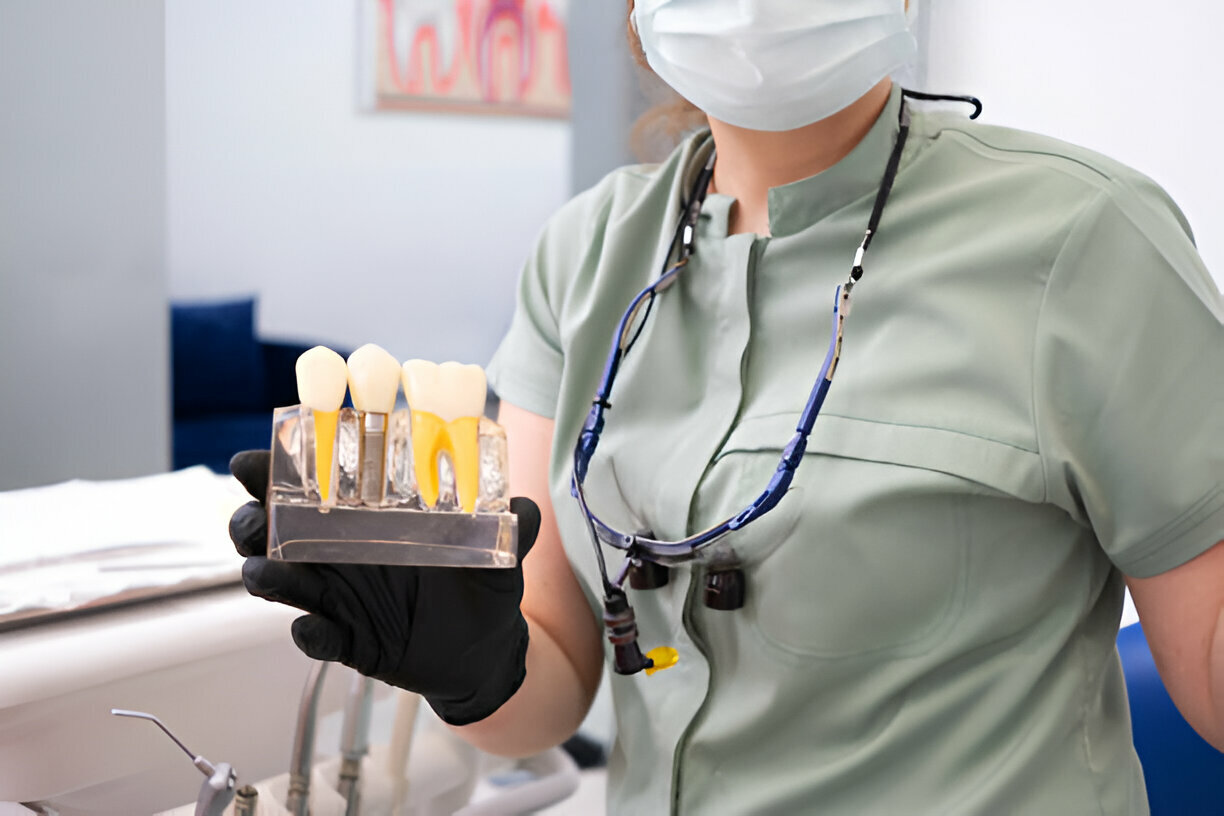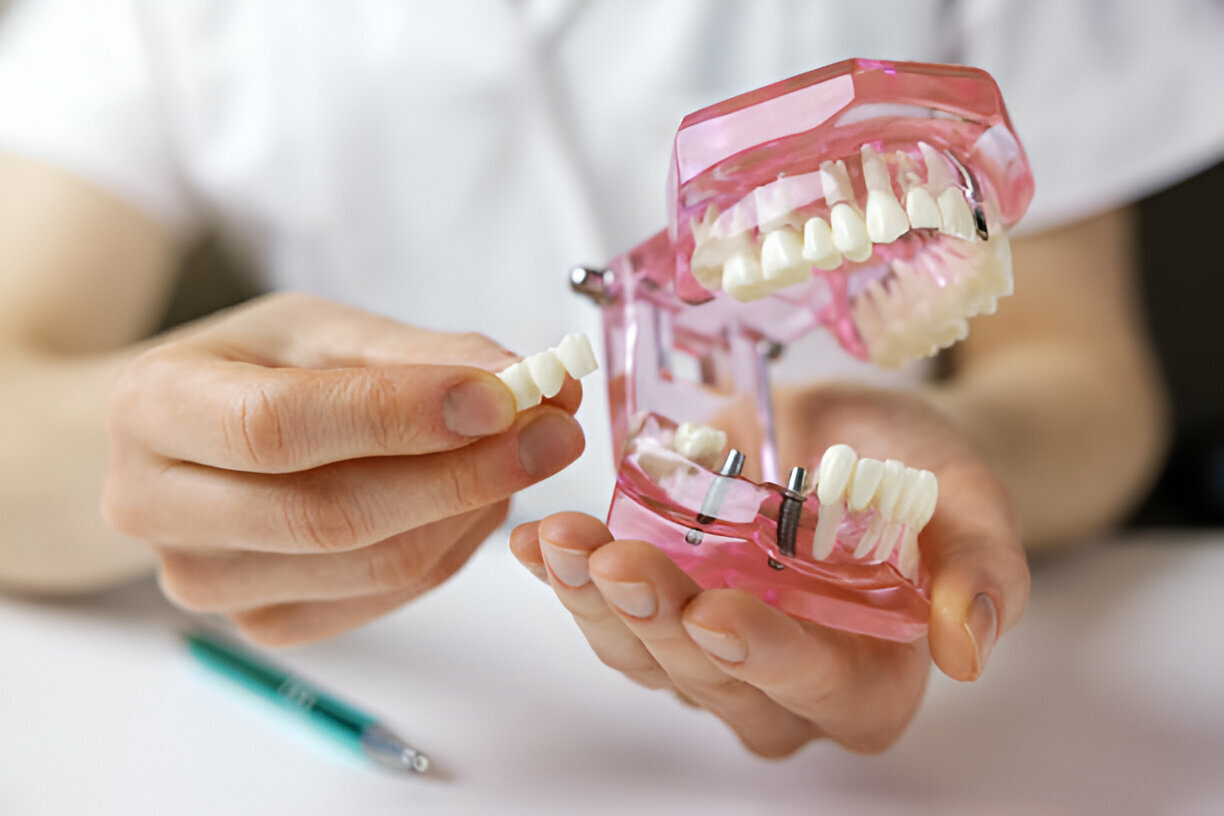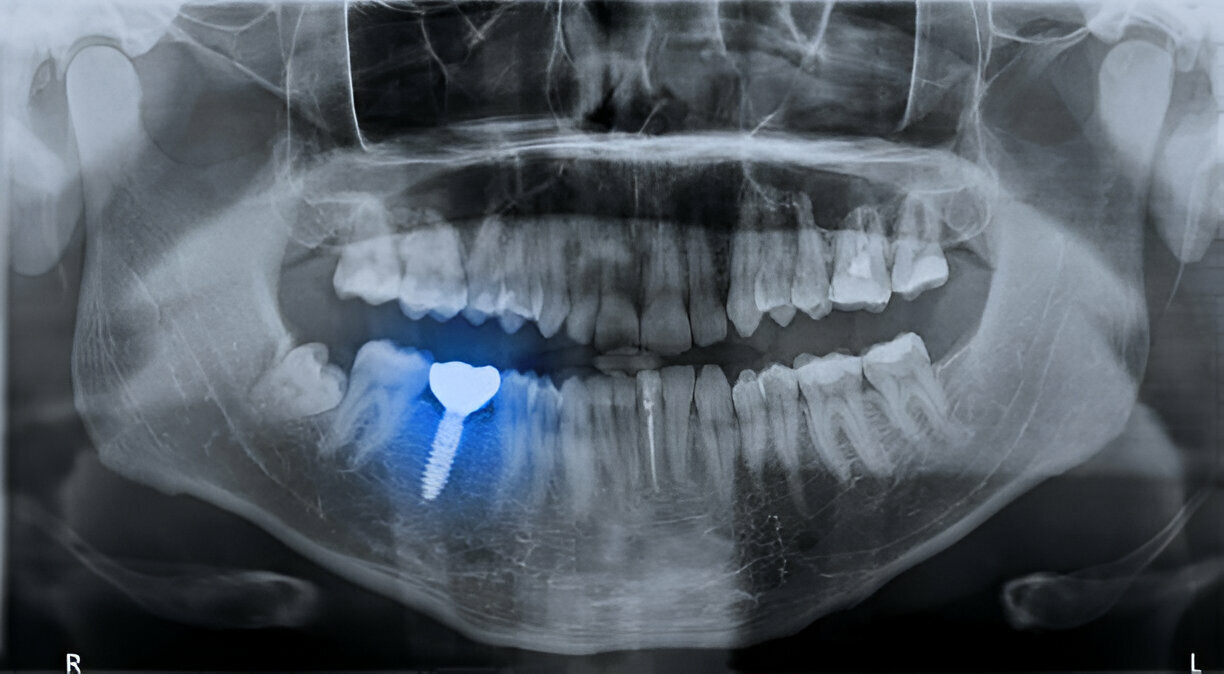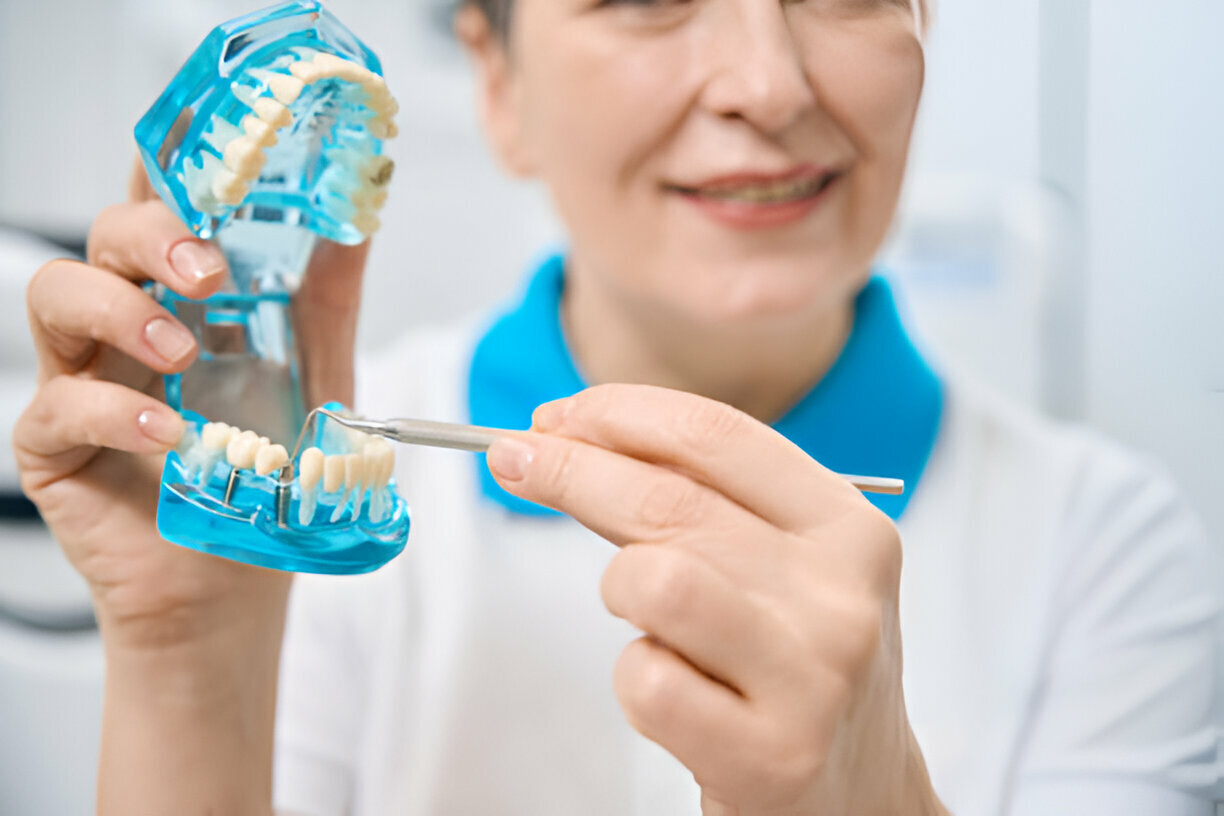
The Ultimate Guide to Dental Implants: Everything You Need to Know
Summary
Losing a tooth can be more than a physical setback!
It can damage your smile, interaction, and confidence and adversely affect oral health.
However, thanks to the latest advancements in oral technology, you no longer need to live with a lost tooth today. Over 3 million Americans have selected dental implants for their life-changing results.

But what makes the option so popular? Let’s find out as we learn more about implants via topics like:
- Understanding Dental Implants
- Types of Dental Implants
- The Dental Implant Process – An Overview
- What Should I Expect After a Dental Implant?
- What is the Healing Time for Implants?
- Post-Procedure Care and Maintenance
- Are You the Ideal Implant Candidate?
So continue reading as we learn more about implants in the following sections of the blog.
Understanding Dental Implants
Dental implants are titanium-based prosthetic tooth roots surgically implanted in the jawbone beneath the gums. They provide a stable framework for mounting replacement teeth or bridges.
Dental implants’ ability to connect with the jawbone distinguishes them from ordinary dentures. These orthodontic options guarantee stability and longevity comparable to natural teeth.
Why Do You Need Implants?
- Enhanced Aesthetics: Carolina implants are compatible with your natural teeth, restoring your smile and giving you confidence.
- Improved Functionality: Unlike regular dentures, implants provide unmatched stability, letting you chew and talk freely.
- Longevity: With appropriate care, dental implants may last a lifetime, making them an excellent investment in oral health.
- Preservation of Jawbone: Implants promote bone development, which prevents bone loss and preserves face shape.
Types of Dental Implants
There are several types of dental implants, each with its advantages and disadvantages. Here’s a breakdown of the most popular types:
1. Fixed Dental Implants:
These are the most popular form of dental implants, consisting of a metal post placed into the jawbone and fastened with screws or other devices. They’re frequently regarded as the ideal alternative for people seeking long-term stability and minimum pain.
2. Dynamic Dental Implants:
Dynamic implants are similar to fixed dental implants. However, since they’re designed using a spring-steel frame, they may expand and contract in response to changes in jawbone density and biting pressure. Over time, this makes them more comfortable to wear, but they don’t usually retain their form as well as fixed implants.
3. Prosthetic Dentures:
Next, we have prosthetic dentures, a customizable option that appears, feels, and functions like real teeth. While their aesthetics are a great upside, these dentures also have one significant disadvantage. Due to continuous wear and tear, prosthetic dentures may require regular replacement (typically every five years).
4. Implant-Supported Dentures:
Finally, your dentist may suggest an implant-supported denture to fix your smile. These standard denture pins or springs employ implants to offer rigidity while the remainder of the denture moves with your chewing action. Overall, they’re more durable than regular dentures but are more difficult to alter for fit and look.

The Dental Implant Process – An Overview
Step 1: Consultation
Your journey starts with a consultation with your nearest implant dentist or oral surgeon. These professionals evaluate your dental health and determine whether you are a good implant candidate.
Step 2: Treatment Planning
Once you qualify for treatment, a plan is created based on your unique requirements and objectives. The dentist then proceeds with implant surgery, inserting titanium posts into the jawbone.
Note: This operation is generally performed under local anesthesia. Ensure you’re accompanied by family or friends who will drive you home.
Step 3: Osseointegration
Over the next few months, the implants will bond with the surrounding bone via osseointegration, creating a solid foundation for the replacement teeth.
Once the implants have integrated well, abutments are positioned over them, and carefully fitted dentures, crowns, or bridges are affixed to restore your smile.
What Should I Expect After a Dental Implant?
Effective healing and long-term success following dental implant surgery are dependent on preparation for a time of recovery.
Although they usually go away in a few days, soreness, swelling, and bruising can occur shortly after surgery. To help with early discomfort, we suggest using cold packs and prescription pain relievers during this phase.
After complete healing, your dentist fixes a tailored crown to your cavity and suggests follow-up consultations to monitor progress.

What is the Healing Time for Implants?
The healing period for implants differs for individuals and takes nearly a few weeks or months.
However, during this phase (the first two to six weeks), you must take prescribed medications to alleviate acceptable discomfort.
Next, you must be careful with the food you eat during osseointegration. Eat soft foods and practice proper dental hygiene during this period. It can help you heal as quickly as possible. Although individual recovery durations vary, regular follow-up sessions ensure constant development.
Once your oral surgeon has certified total integration, the finishing touch—a crown is applied. This is the finished product: a dental implant that is completely healed, functional, and aesthetically pleasing, extending the life of your dazzling smile.
Post-Procedure Care and Maintenance
Following your dentist’s post-procedure care recommendations is critical after dental implants are placed. This will help your implants recover correctly and last longer.
Some fundamental steps you may take to care for your implants include:
- Maintain Oral Hygiene: Brushing, flossing, and getting regular dental check-ups are essential for maintaining the durability of your implants.
- Avoid Tough Food Items: While implants have a long life, it is preferable to avoid extremely hard or sticky foods that may harm them.
- Quit Smoking: Smoking can slow the healing process and raise the chance of implant failure. Quitting this habit will improve your dental and general health.
- Regular Follow-ups: Schedule routine maintenance appointments with your dentists in Shallotte, NC, to swiftly address any issues.
- Cost Considerations: While implants are a hefty upfront expense, the long-term advantages are worth the investment. Green Dental Care provides various financing alternatives to help you achieve your ideal smile.
If you have any questions or concerns about caring for your dental implants, consult your dentist. They can provide precise guidance based on your situation.
Are You the Ideal Implant Candidate?
Individuals with good oral health and sufficient jawbone density are ideal dental implant candidates. Even if you’ve had bone loss, methods like bone grafting can make implants a feasible choice. During your appointment at Green Dental Care, our knowledgeable specialists will determine your eligibility and propose the best course of action.
Takeaway
- Dental implants are titanium-based prosthetic tooth roots surgically implanted in the jawbone beneath the gums.
- The healing period for implants differs for individuals and takes nearly a few weeks or months.
- Individuals with good oral health and sufficient jawbone density are ideal dental implant candidates.
- Dynamic implants are similar to fixed dental implants.
- Don’t let the confusion around implants stop you from smiling effortlessly again! Visit our experts at Carolina Coast Family Dentistry today.
